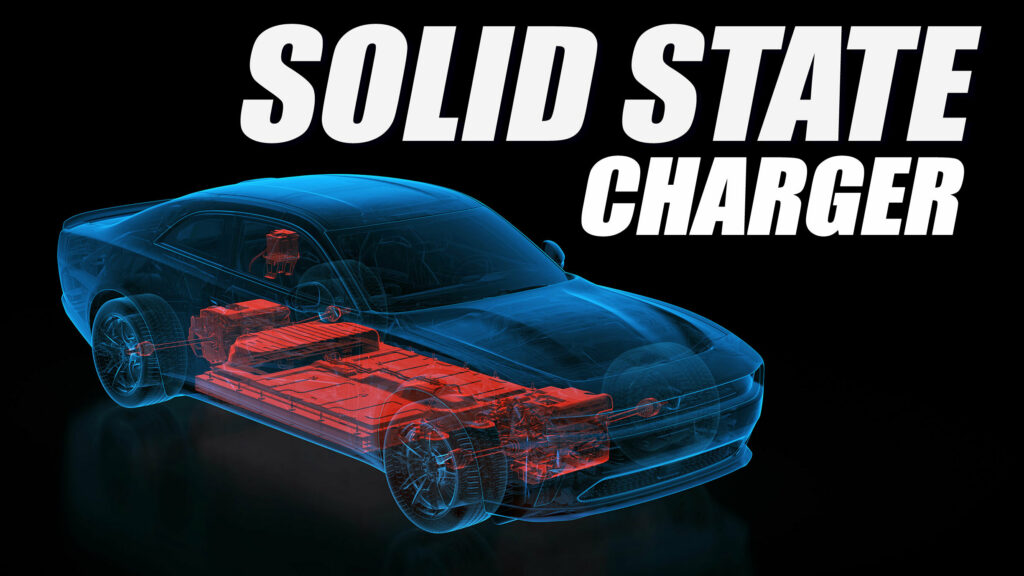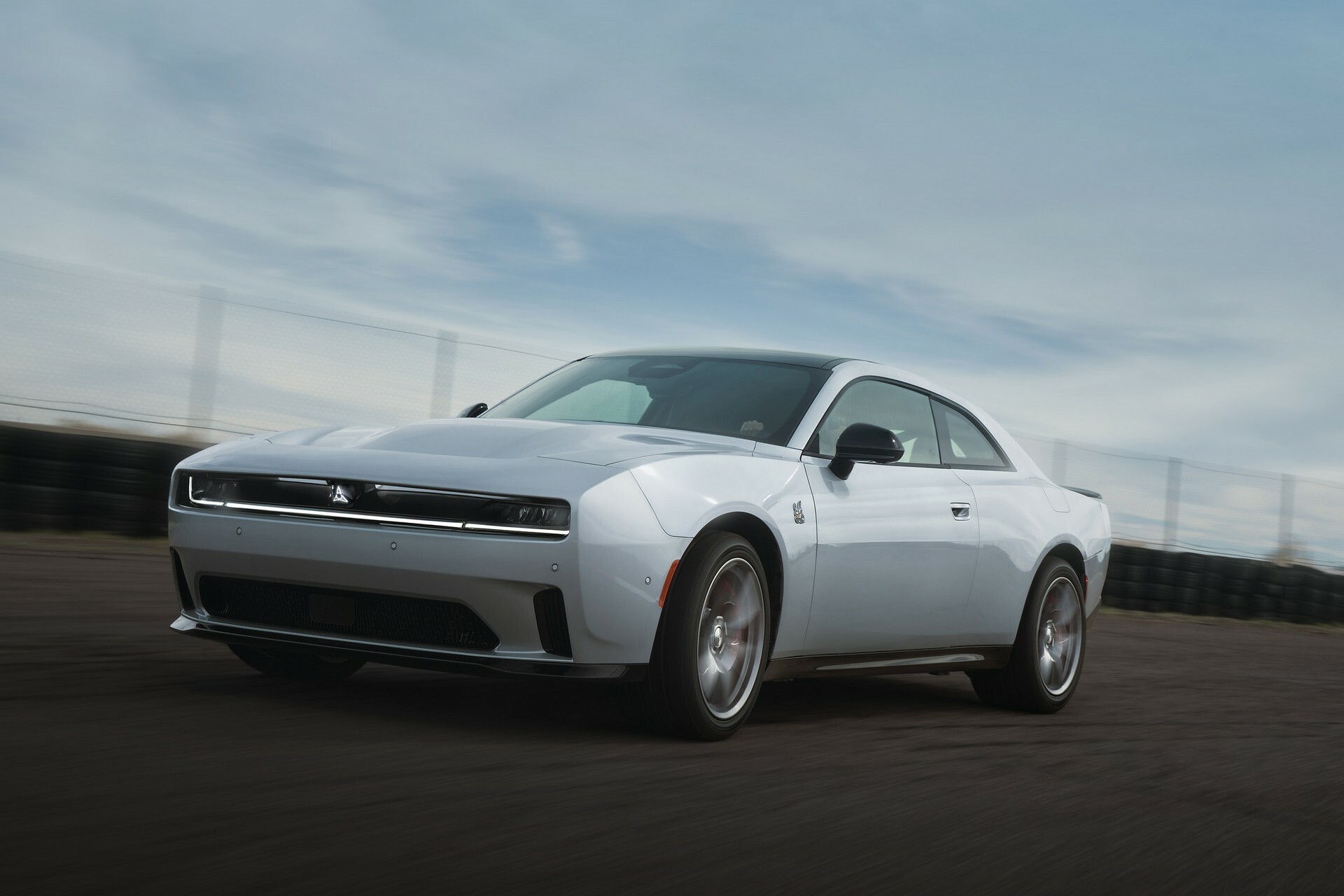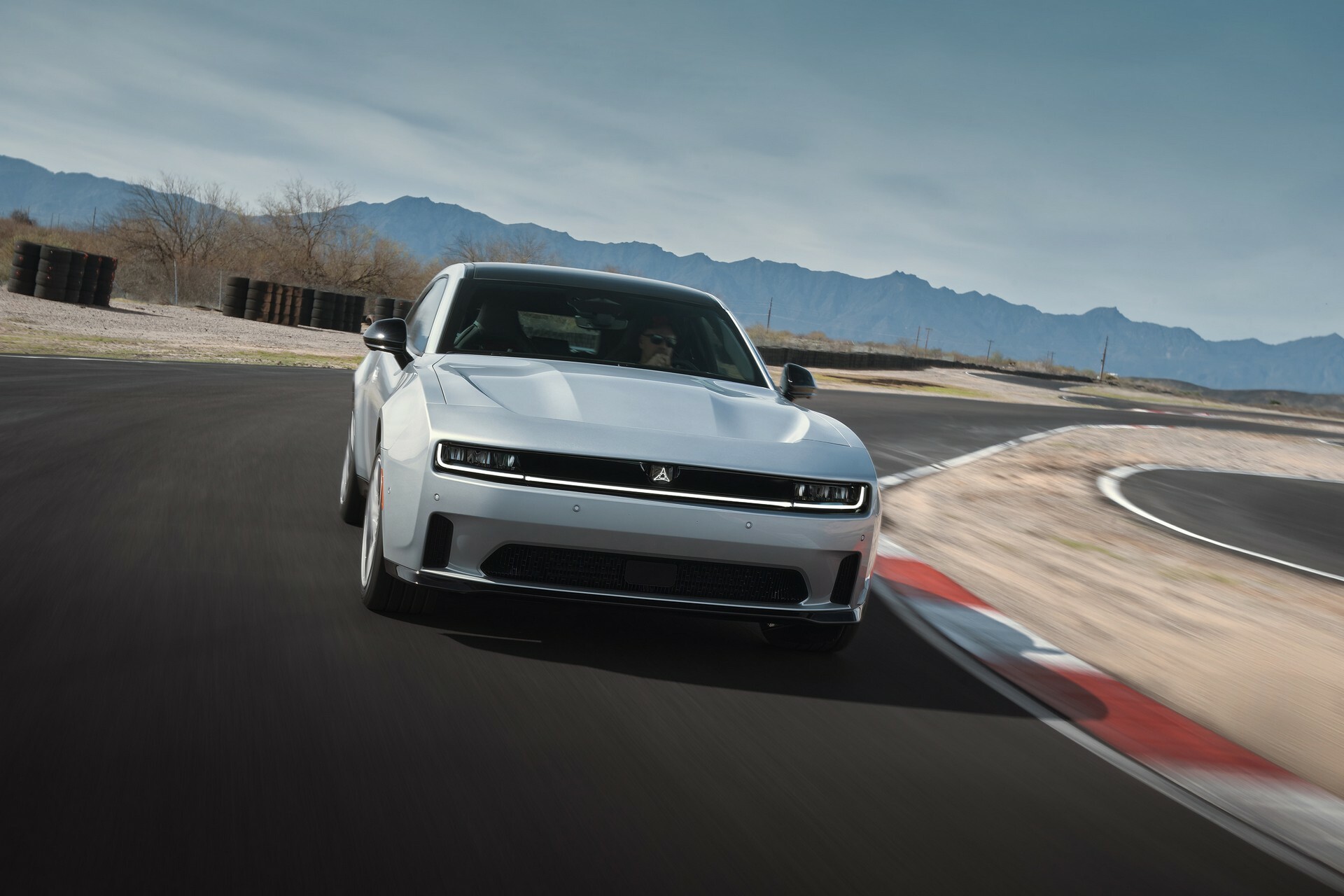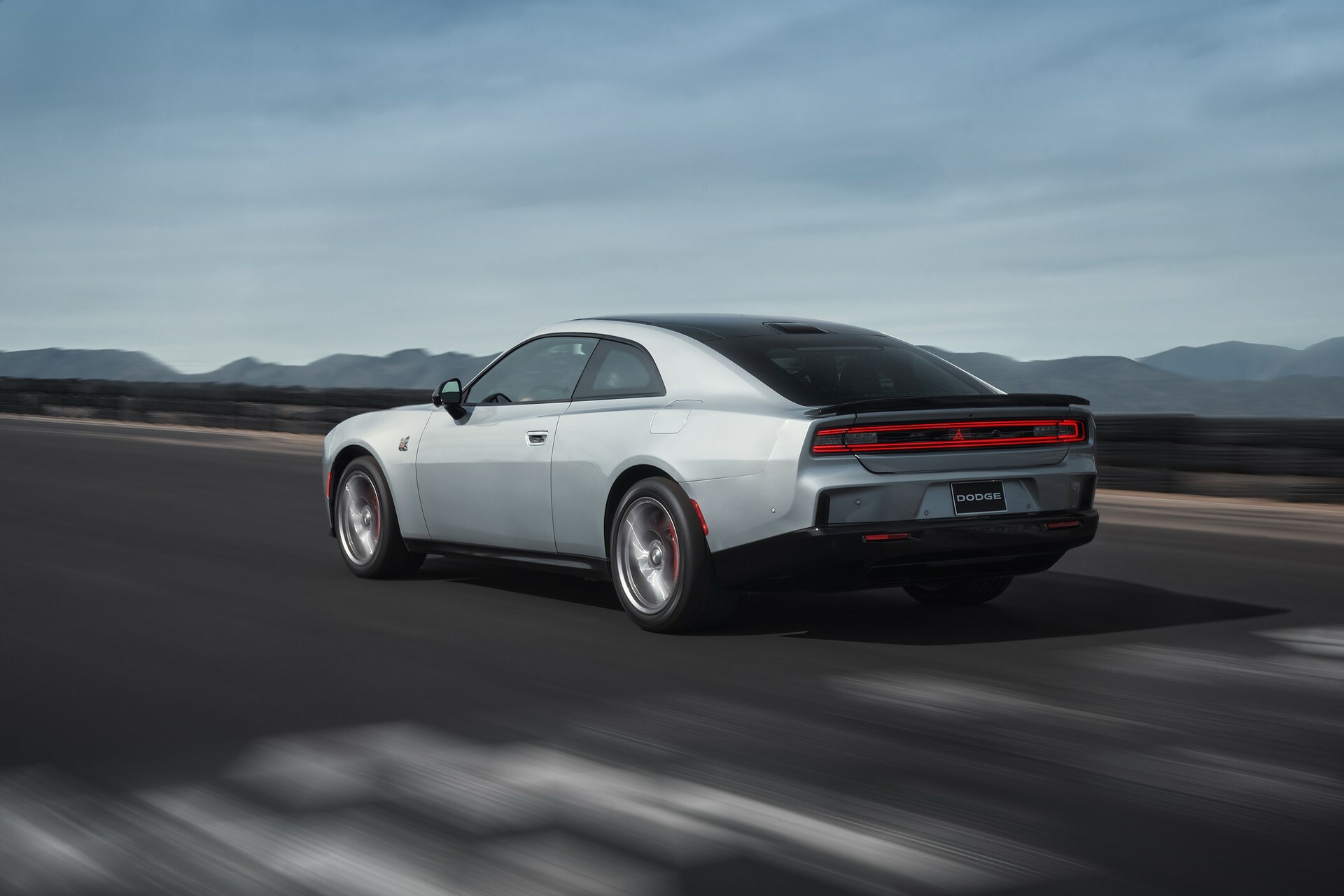- Stellantis and Factorial are joining forces to add solid-state batteries to the Dodge Charger Daytona.
- A prototype fleet will be built to test the batteries in real-world conditions.
- The automaker has also opened an upgraded wind tunnel in Michigan, which will help to improve EV aerodynamics.
Solid-state batteries promise to revolutionize electric vehicles and Stellantis has announced they’ll be installed in the Dodge Charger Daytona by 2026. However, before you get too excited, these models will simply form a demonstration fleet.
The prototypes will have Factorial solid-state batteries with an energy density in excess of 390 Wh/kg. The companies didn’t reveal many other details, but said the batteries offer “substantial advantages” over their traditional lithium-ion counterparts. These include a “higher energy density, reduced weight, improved performance, and a potential for further reduction in total vehicle cost over time.”
More: New Solid-State Batteries From Mercedes And Factorial Could Boost EV Range By 80%
That’s a winning combination, so the two companies are taking the next step towards commercialization. As part of this effort, the prototypes will be used to validate the battery technology and assess performance in real-world driving conditions.
Stellantis invested $75 million into Factorial in 2021 and the company’s Chief Engineering and Technology Officer, Ned Curic, said “By integrating Factorial’s innovative battery solution into the STLA Large platform, we are validating its potential to enhance our electric vehicle lineup, ensuring customers benefit from improved performance, longer driving ranges and faster charging times in the coming years.”
Upgraded Wind Tunnel Focused On EV Aerodynamics
In other news, Stellantis unveiled a high-tech wind tunnel with “moving ground plane” technology at their research and development center in Auburn Hills, Michigan. The automaker said the upgraded tunnel will enable them to “measure and reduce airflow resistance from wheels and tires, which can account for up to 10% of total real-world aerodynamic drag.”
This promises to make future EVs more aerodynamic, which will help to increase their range or allow for the use of smaller, cheaper batteries. Besides the focus on aerodynamics, there are technological improvements including an automation capability. As the automaker explained, “changes to wheelbase and track testing, which can take as much as two hours in conventional wind tunnels, can now be done in minutes.”
Given its presence in North America, it’s not surprising to learn this wind tunnel is focused on super-sized vehicles based on the STLA Large and STLA Frame platforms.




















